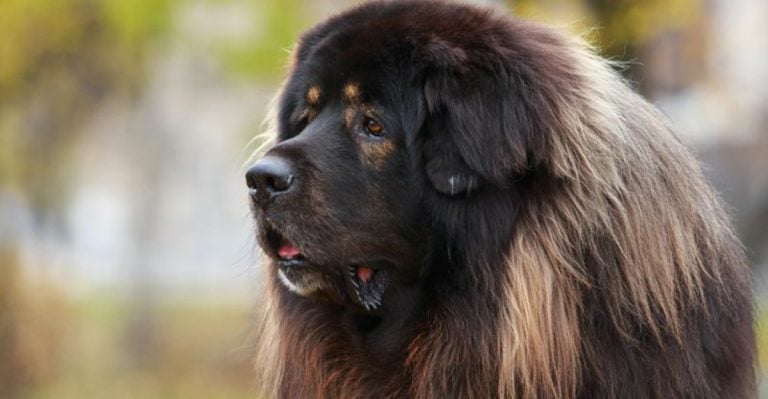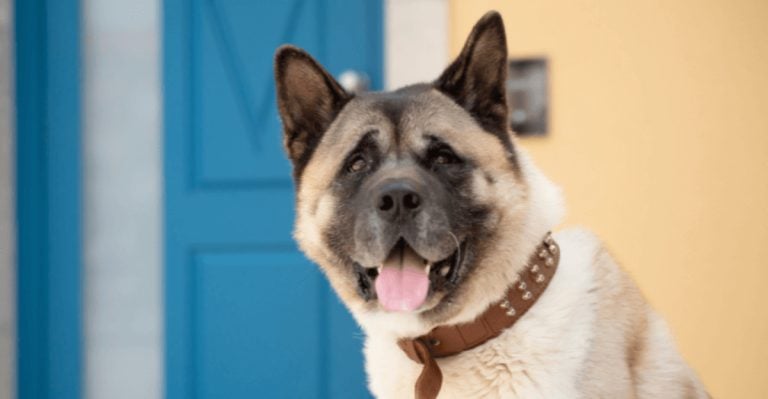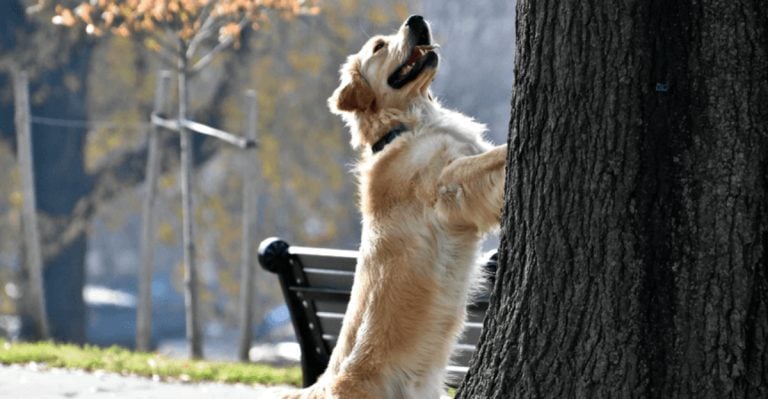Top 10 Hardest Dogs to Train & Top 10 Easiest: What You Need to Know
Some dogs live to please. Others… well, they live to test your patience.
When it comes to training, not all breeds are created equal—and any dog owner who’s ever been outwitted by their own pup can vouch for that.
Whether you’re dreaming of a canine companion who heels like a champ or you’ve fallen in love with a breed known for its “quirky” personality, understanding how trainability varies across breeds is essential.
It’s not about labeling a dog as “bad” or “good”—it’s about knowing what you’re signing up for. Some breeds thrive on structure and praise, while others look at your commands and think, “Nah, I’ve got my own plans today.”
Training difficulty often boils down to traits like independence, intelligence, stubbornness, and energy levels.
A clever dog isn’t always an obedient one—some of the smartest breeds are also the most headstrong. On the flip side, many dogs are happy to follow your lead and pick up commands with surprising speed.
In this article, we’ll explore the 10 dog breeds that are famously tough to train—think dogs that march to their own beat, or need a bit more time (and a lot more treats) to get the hang of things.
But we’ll also celebrate the 10 breeds that make dog training look like a breeze. These are the pups that soak up commands like sponges and make their humans look like professional trainers.
Whether you’re a first-time dog parent looking for an easygoing pal, or a seasoned owner craving a challenge, this list has something for you.
Let’s break down which breeds are the brainy, obedient overachievers—and which ones might just laugh in the face of “sit.”
1. Afghan Hound
Known for their aristocratic demeanor, Afghan Hounds carry themselves with an air of elegance. However, their independent streak can be a hurdle for trainers.
These dogs often prefer to think for themselves, making them less eager to follow commands diligently. Despite their aloof nature, they are affectionate with their families. Patience and creativity are key when it comes to training.
Treat training sessions as a bonding experience rather than an obedience test. Understanding their personality is crucial for progress. With time, they might surprise you with their willingness to cooperate.
2. Basenji
Dubbed the “barkless dog,” the Basenji is as unique as they come. Their expression often reflects an intelligent curiosity, but training them requires a special touch.
As cats in dog form, they sometimes seem to question the very point of commands. Yet, their loyalty and love are unmistakable. This breed carries a fascinating history, originating from Africa as hunting dogs.
When training, consistency paired with rewards can make a world of difference. The more you engage their minds, the better. Embrace their quirks and enjoy the uncommon bond you’ll share.
3. Bulldog
With its pensive face and droopy eyes, the Bulldog often seems lost in deep thought, which sometimes translates to a lack of motivation.
This breed is renowned for its gentle and loving nature, but training might require some extra encouragement. They aren’t the most athletic, preferring lounging over leaping. Bulldogs are a testament to patience.
Use their love for snacks to your advantage. Over time, their sluggish charm becomes an endearing trait.
4. Chow Chow
Chow Chows are known for their dignified and sometimes imposing presence. Their origins trace back to ancient China, where they served as guard dogs. With a temperament that can be wary of strangers, training requires a firm yet gentle hand.
These dogs possess an innate aloofness, often likened to that of a cat. Building trust is essential, as is socialization from a young age.
5. Borzoi
Graceful and elegant, the Borzoi, or Russian Wolfhound, is a sight to behold. Despite their aristocratic appearance, they are not always eager to follow commands.
Known for their independent spirit, Borzois often prefer pursuing their interests. Originally bred for hunting, they possess a high prey drive. This breed values companionship but on its own terms. Training requires a blend of creativity and patience.
Short, fun sessions with rewards can yield the best results. Over time, their regal demeanor and affectionate nature make them loyal companions. Giving them space to run is essential.
6. Fox Terrier
Fox Terriers come with boundless energy and zest for life. Their spirit is infectious, but their high energy can make training a challenge.
This breed is intelligent, but their curiosity often leads them astray. They are known for their love of play and adventure. Historically, they were bred for hunting foxes, which explains their tenacity. Training should channel their energy productively.
Use interactive games and activities to keep them engaged. Patience and consistency are key, and over time, you’ll discover their playful intelligence and affectionate nature.
7. Beagle
Beagles are known for their merry personalities and keen sense of smell. Their noses often guide their actions, making training a pursuit of patience. This breed’s history as a hunting dog means they’re driven by scents.
Despite their stubborn streak, their joyful nature is infectious. Training should focus on harnessing their instinctual behaviors productively. Incorporate scent-based games to engage them fully.
While they may challenge you, the reward is a loyal and loving companion who brings joy daily. Their adaptability makes them a popular family pet.
8. Pekingese
Bred to be companions to Chinese royalty, the Pekingese carries an air of majesty. Their independent nature often mirrors that of a pampered sovereign.
Yet, beneath the regal exterior lies a playful and affectionate personality. Training this breed requires a gentle touch and a lot of patience.
They have a stubborn streak, often preferring to do things their way. Socialization and positive reinforcement are crucial.
9. Dachshund
Dachshunds are as unique as they are endearing, with their long bodies and short legs. Their independent nature often leads them on unplanned adventures.
A spirit of curiosity drives them, sometimes making training a test of patience. They were originally bred to hunt badgers, and their tenacity remains evident today. Training should focus on engaging their minds and utilizing their natural instincts.
Incorporate games and activities that challenge them mentally. Despite their stubbornness, Dachshunds offer loyalty and affection in abundance.
10. Jack Russell Terrier
The Jack Russell Terrier is a bundle of energy, always ready for the next adventure. Their intelligence is evident, but their boundless energy can make training challenging.
Originally bred for fox hunting, this breed has a keen instinct and a strong desire to explore. Training should channel their energy into productive activities. Use agility exercises and interactive games to keep them engaged.
11. Border Collie
Renowned for their intelligence and work ethic, Border Collies are often considered the overachievers of the dog world. They’re happiest when given a task, excelling in activities that challenge their minds. Originally bred for herding, their focus and determination are unmatched.
Training a Border Collie is both rewarding and essential, as they thrive on mental and physical challenges. Incorporate diverse exercises to keep them engaged.
12. Poodle
Poodles are synonymous with intelligence and grace. This breed is quick to learn, whether it’s a simple command or a complex trick. Their eagerness to please makes training an enjoyable experience.
Historically, Poodles were used as water retrievers, and their agility is a testament to that past. They thrive on positive reinforcement and love diverse activities. Training should be varied to keep them intellectually stimulated.
13. German Shepherd
Loyalty and intelligence define the German Shepherd. Known for their versatility, they excel in various roles, from family pet to service dog.
This breed’s trainability is legendary, with an eagerness to learn and perform tasks. Training should focus on consistency and reinforcement. They respond well to structured environments and thrive on physical activities.
Originally bred for herding, their protective nature makes them excellent guardians.
14. Golden Retriever
Golden Retrievers are the embodiment of friendliness and enthusiasm. Their cheerful disposition and eagerness to please make training a joy. Originally bred as hunting companions, they possess a natural agility and intelligence.
Training should incorporate varied activities to keep them engaged and stimulated. Consistent training and positive reinforcement bring out the best in this beloved breed.
15. Labrador Retriever
Labrador Retrievers are known for their boundless enthusiasm and love for life. Their trainability is well-recognized, making them popular as service and family dogs.
Originally bred for retrieving game, they excel in activities that engage both mind and body. Training should be consistent and filled with positive reinforcement.
They thrive in environments where they feel part of the action.
16. Doberman Pinscher
Doberman Pinschers are a blend of elegance and strength. Known for their intelligence and loyalty, they excel in environments that challenge them. Originally bred as guard dogs, their protective instincts are a defining trait.
Training should focus on socialization and reinforcement, highlighting their eagerness to learn. They’re quick learners and respond well to structured tasks.
17. Papillon
Don’t let their small size fool you; Papillons are brimming with intelligence and energy. Their name, meaning “butterfly” in French, reflects their distinctive ear shape.
Training this breed is a delightful experience, as they love to learn and perform. Originally bred as companion dogs, they excel in obedience and agility. Sessions should be varied and engaging to keep them mentally stimulated.
18. Australian Shepherd
Australian Shepherds are synonymous with energy and focus. Known for their herding abilities, they thrive in environments that challenge them both physically and mentally.
Training should incorporate diverse activities, as they excel in obedience and agility competitions. They’re quick learners and love tasks that keep them engaged.
19. Miniature Schnauzer
Miniature Schnauzers, with their distinctive beards, are known for their intelligence and alert nature. They’re quick learners and respond well to consistent training.
This breed was originally developed for ratting, which hints at their tenacious spirit. Training should focus on engaging their minds and providing varied challenges. They thrive on positive reinforcement and love being part of family activities.
20. Sheltie (Shetland Sheepdog)
With their flowing coats and keen intelligence, Shelties are a joy to train. They’re quick learners, often excelling in obedience and agility competitions.
This breed’s origins as a herding dog reflect their focus and determination. Training should include varied tasks to keep them mentally engaged. They respond exceptionally well to positive reinforcement.


























